If you lived in Vancouver’s West End after 1981 you may not know that street barricades and parklets are a leftover from the West End’s prostitution era
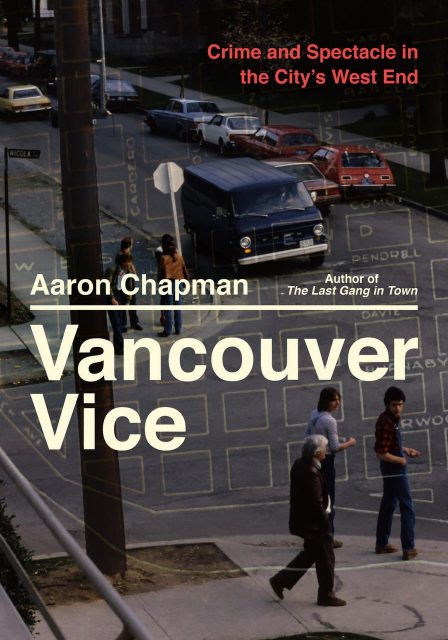 West End:
West End:
Aaron Chapman’s latest book Vancouver Vice, is a colourful history of the West End in the 1970s and ‘80s. In those days up to 300 sex workers—male and female—strolled the streets—40 to 50 of whom might be working on any given day or night. As Aaron says, the only evidence that this open-air brothel existed is a memorial dedicated to sex workers on Jervis Street and the barricades that created those charming cul-de-sacs and parklets.
“The barricades were first proposed to calm traffic in 1973,” says Aaron. “But when they were eventually installed in 1981, the City of Vancouver was so desperate to look like they were doing something about the sex worker issue in the West End that their purpose was renamed.” The idea was that barricades would discourage motorists from driving up and down residential streets in search of sex.
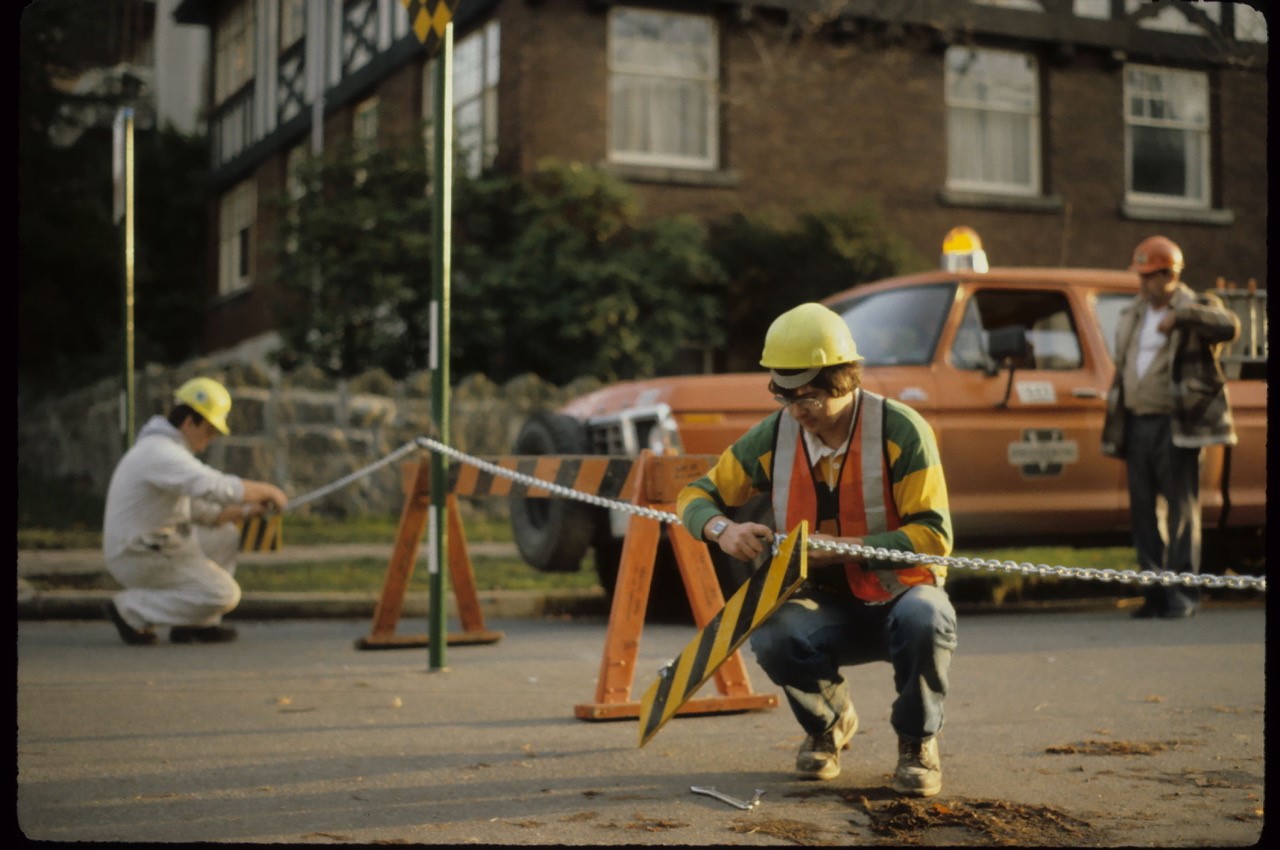
Prostitution:
Up until the 1970s, prostitution was mostly tucked away behind closed apartment and rooming house doors, and later nightclubs and hotel lounges. A couple of high-profile cases managed to push sex workers out onto Davie Street. “Then people are upset that there is prostitution on Davie Street, so it goes to the residential streets and the people get upset who live there,” says Aaron. Increased patrols and a greater uniformed police presence in the West End had mixed results.
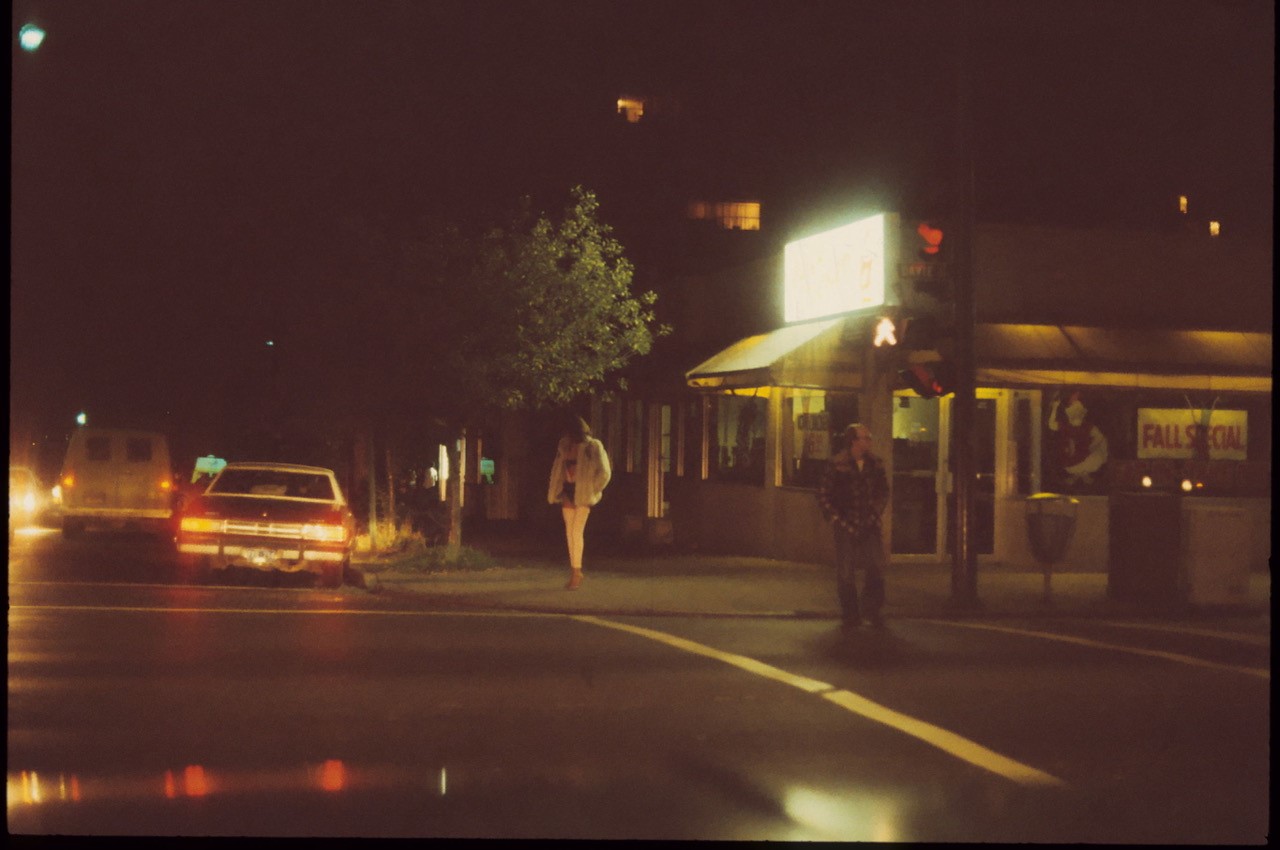
“It seems like everything that the VPD tried to do to curb street prostitution had the worst unintended effect, including the street barricades,” he says. “The street barricades don’t really work because they just slow traffic down and that allows the sex workers more time to negotiate a price with their clients.”
On November 16, 1981, City of Vancouver workers began installing $28,000 worth of temporary barriers. These were little more than chain link fences made permanent the following year.
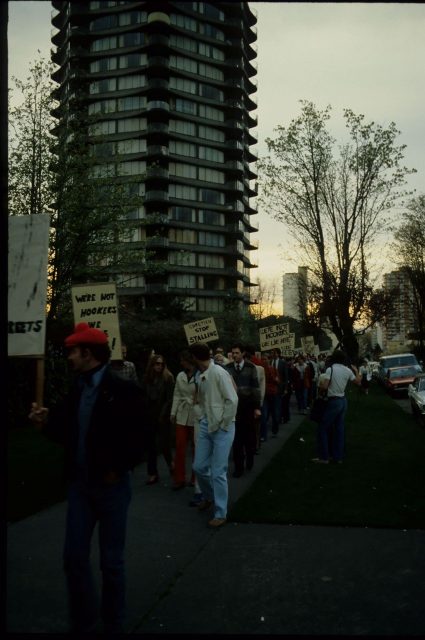
Residents upset:
At the time, says Aaron, this upset residents who couldn’t park outside their apartment buildings. Even local Fire Hall #6 worried about longer response times and complained about the barricades. “If you proposed removing those barricades today and opening the streets back up to traffic, you’d have the same amount of people saying they don’t want cars going down their streets and parking in front of their buildings,” says Aaron.
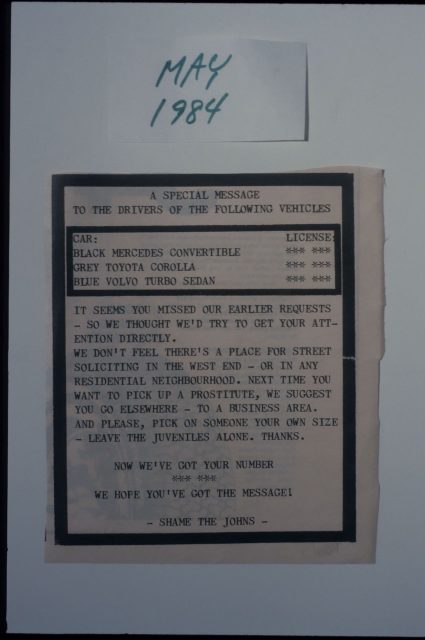
Related:
© Eve Lazarus, 2022




5 comments on “Vice in Vancouver’s West End”
Old age creeping up . I read all your emails but seldon venture out.
Keep on with the good work!
Ruth
Thanks Ruth!
Sigh. In typical lazy union city way they are still there! Why. And it was so one building alone did not have cars circling. There was a hedge of trees in front that the johns would hide behind. It was a hooker hotel big time.
On Bute at Pendrell
And this was the start of the sex worker march across the city to eventually settle in the Victoria Drive area north of Hastings Street. The John’s would bring the girls into my neighbourhood of Burrardview (around Burrardview Park). The resident formed a Shame the John’s committee to discourage the activities of the johns and sex workers.
They eventually left. I don’t know where they are now.
I lived near corner of Thurlow and Davie and therefore was very familiar with the sex workers on the residential streets. I wasn’t scared in the neighbourhood because there were always people around. It is an age old problem that politicians never really want to deal with. The push to the east side in remote areas made it dangerous for the workers. I think it would be better to acknowledge that this is a fact of life and let workers get off the street and work in licensed premises that they controlled and not pimps. But I did not know the true reason about the barricades but they work great at keeping the traffic under control so that the west end is a great place to walk without speeding cars.